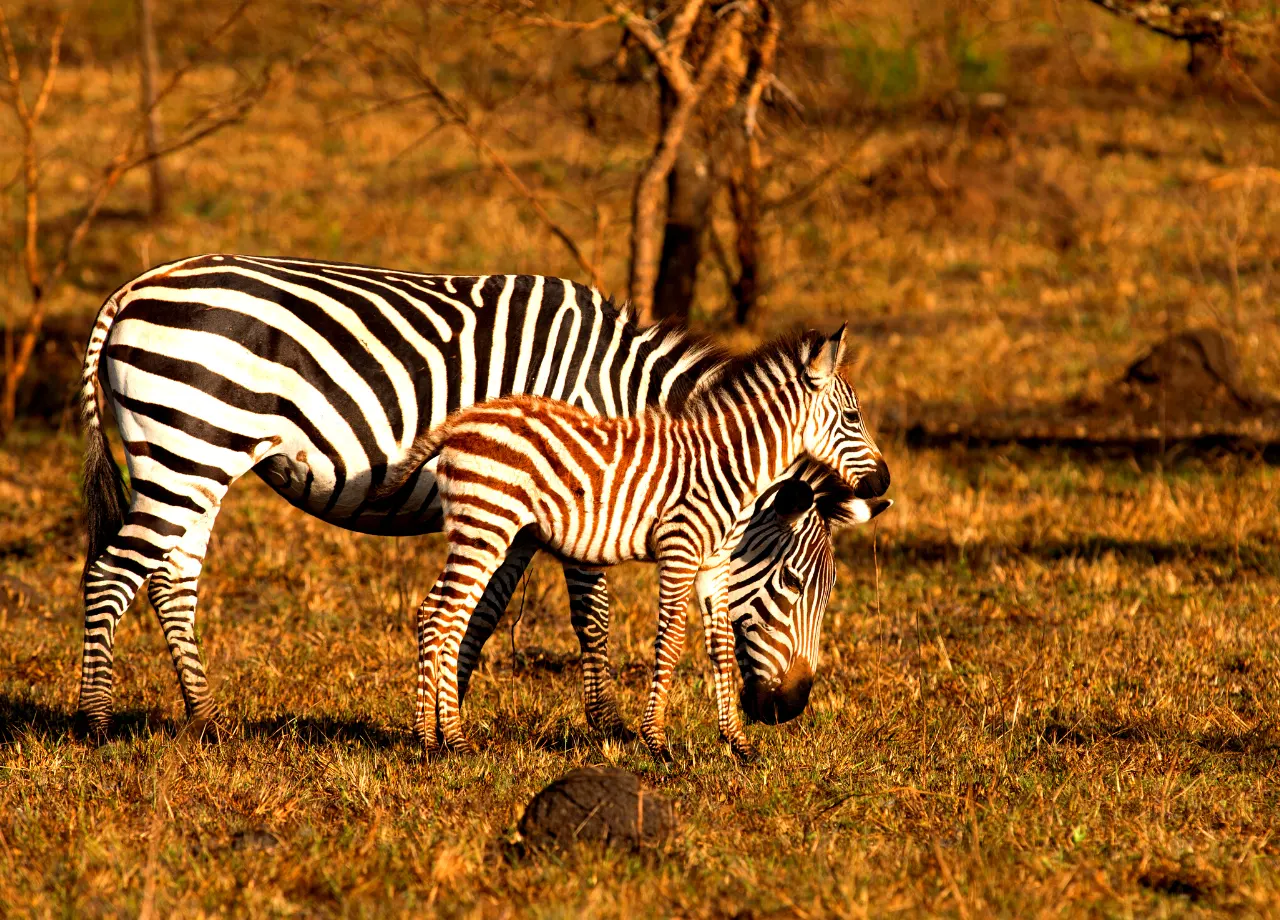LAKE MBURO NATIONAL PARK
Lake Mburo National Park is among the smallest parks in the country that is closest to both Kampala and Entebbe covering an area of 260sqkm of Uganda’s Savannah grasslands. The park best suits those planning for a Wildlife safari, Birding safari, and Game viewing. It is located 240km from Kampala and 30km from Mbarara which is the biggest town in Western Uganda and 290km from Entebbe Airport. The park is neighbored by 4 big districts of Uganda including Mbarara, Lyantonde, Isingiro north, and Kiruhura. It is a 2-hour drive from the park to the president’s hometown in Nyabushozi in the Kiruhura district. The park is easily accessible by road in 3 hours’ time.
HISTORY
The park was gazetted in 1933 as a controlled hunting area and later upgraded to a Game Reserve in 1963. The area was dominantly occupied by Banyankole pastoralists (Bahima) who continued to hear their cattle and other livestock in the reserve until it was granted a National Park status in 1983 during the Obote regime. The decision to upgrade to a National Park was targeted to punish the Banyankole that were believed to have been supporting the anti-Obote rebels. The evicted pastoralists were not given compensation for the lost grazing land and neither were they given resettlement thus protesting the park’s formation.
WHERE TO STAY
Lake Mburo National Park has a variety of accommodations where you can stay while on your visit to the park ranging from luxury, midrange, and budget for Luxurious lodges, you can stay in Mihingo Lodge and Mantana Tented Camp, for midrange, it can be Mburo Safari Lodge and Rwakobo Rock. Budget accommodation can be at either Rwonyo Rest Camp or the Eagle’s Nest.
WHAT TO FIND
The park harbors about 69 mammal species. It is well known for the Impala though it has a vast population of wildlife ranging from Antelopes, Zebras eland, Buffalo, Oribi, Deffasa, Waterbucks, Hyena, Hippos, Reedbucks, and Bush pigs. The park also has a wide range of birds flopping in the sky and are very visible to visitors including the Rare Shoebill stork, African fin foot, Pelican, and Heron among others for the traveler to enjoy his or her safari.
HOW TO SEE WILDLIFE
You can explore the park by hiking, on a horseback, or bike riding through the rocky rough terrain or it can be a day game drive or a nocturnal game drive. The beauty of having a variety of means available to explore wildlife at this park is that the adventure is not only in what you see but also in how you see it. A horseback safari will give you a welcome break from the sound of the running engines. A nocturnal drive will give you a chance to see bush babies, porcupines, and even Leopards. It is advised to be guided by an armed Uganda Wildlife Authority (UWA) game ranger to point out the animals you may miss.
BEST TIME TO VISIT
The park is open all year round but the dry seasons from June to August and December to February are the best times for general wildlife viewing as animals as well as migratory birds that ccongregate around the lake and other water sources to cool off the heat from the scorching sun.cc


